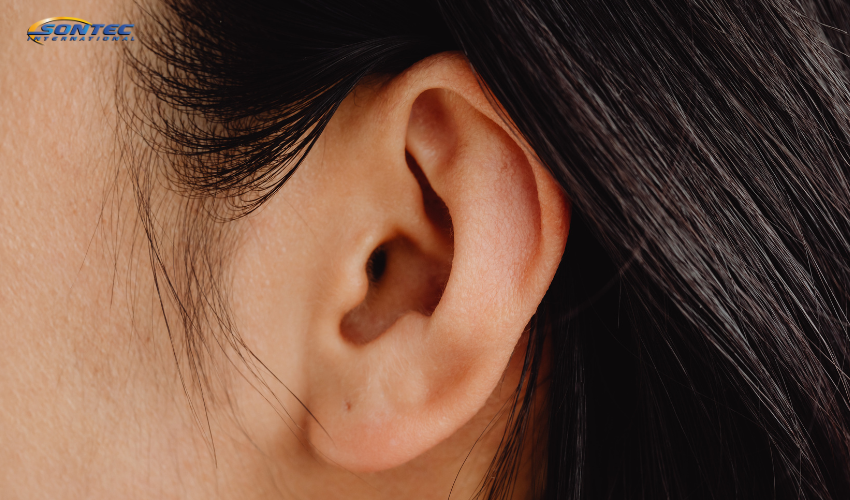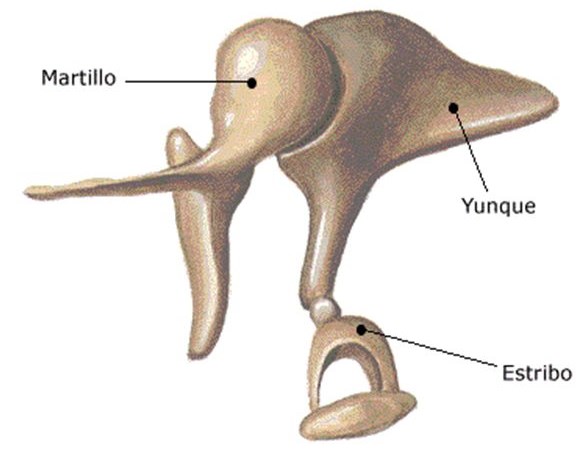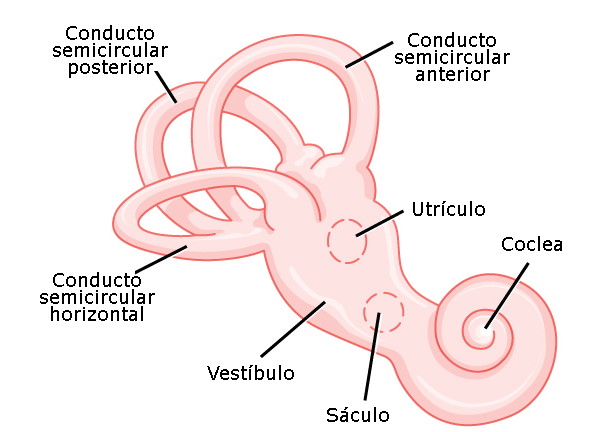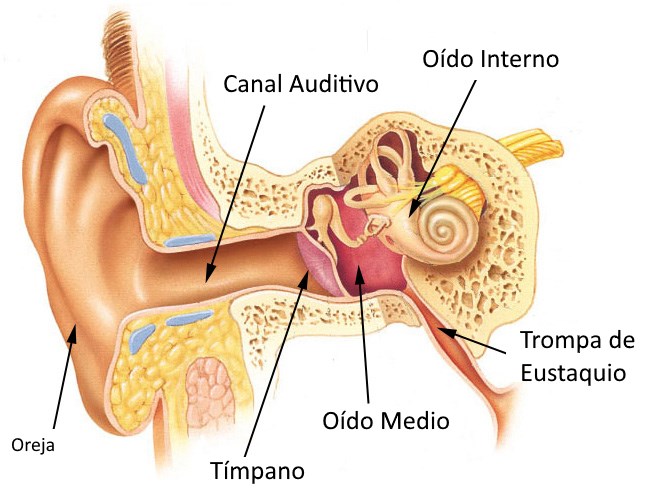
Pull down the menu to see the list of items
Have you ever wondered how the ear works? This complex structure, composed of three main parts, allows us to capture and process sounds from the world around us. In this article, we will take a fascinating journey through the ear, exploring each of its parts and discovering its function in the hearing process.
Outer ear: The gateway to sound

The outer ear is the visible part of the ear, and functions as the gateway to sound. It is made up of three main structures:
- Pinna: The ear, that shell-shaped structure on either side of the head, is the most visible part of the outer ear. The pinna captures sound waves and directs them into the ear.
- Ear canal: A small canal that runs from the pinna to the eardrum. The ear canal is lined with skin and contains cerumen, a waxy substance that helps protect the ear from dirt and insects.
- Eardrum: A thin membrane that vibrates when it receives sound waves from the ear canal. The eardrum transmits these vibrations to the middle ear.
Middle ear: The sound amplifier

The middle ear is an air-filled cavity behind the eardrum. It is made up of three ossicles:
- Hammer: The largest ossicle in the middle ear, the hammer is connected to the eardrum. When the eardrum vibrates, these vibrations are transmitted to the malleus.
- Anvil: The anvil is connected to the hammer and the stirrup. When the hammer vibrates, these vibrations are transmitted to the anvil.
- Stapes: The smallest ossicle in the middle ear, the stapes is connected to the incus and the oval window, an opening that leads to the inner ear. When the incus vibrates, these vibrations are transmitted to the stapes, which amplifies them and transmits them to the inner ear.
Inner ear: The interpreter of sound

The inner ear is a complex spiral-shaped structure that contains the organ of hearing, the cochlea. The cochlea is filled with fluid and contains thousands of hair cells, tiny sensory cells that move when stimulated by sound vibrations.
Sound vibrations transmitted by the stapes travel through the fluid in the cochlea, stimulating the hair cells. Each hair cell is connected to a sensory neuron, which transmits electrical signals to the brain via the auditory nerve. The brain interprets these electrical signals as sound.

Conclusions
In summary, the ear functions as a complex system in which each part plays a crucial role in the hearing process. The outer ear picks up sound waves, the middle ear amplifies them, and the inner ear converts them into electrical signals that the brain interprets as sound.
We hope this journey through hearing has helped you better understand how this amazing sense works!
Remember that if you experience any hearing problems, it is important to consult a hearing care professional for proper diagnosis and treatment.
At Sontec Hearing Centers, our team of experts will help you choose the best hearing aids for your type of deafness. We have all the hearing tests that exist and we have a wide range of hearing aids of the latest generation and we offer you a personalized and professional attention.
Book your free appointment today.
OUR HEARING CENTERS
We also work together with the Junta de Andalucía and the Andalusian Health Service, as well as with several organizations based in the United Kingdom.
For more information, please contact any of our hearing centers:
Sontec Hearing Center La Cala de Mijas
Plaza del Bulevar, 26 B, 29649 Mijas | +34 952-467-675
Sontec Hearing Center Fuengirola
Calle Hermanos Pinzón 4, Edificio Florida II, Local 9ºA, 29640 Fuengirola | +34 952 667 402
info@sontec.es | https://sontec.es
Related articles
Follow us at
Subscribe
Leave us your email and we will send you the latest posts from our BLOG on hearing and hearing health.




